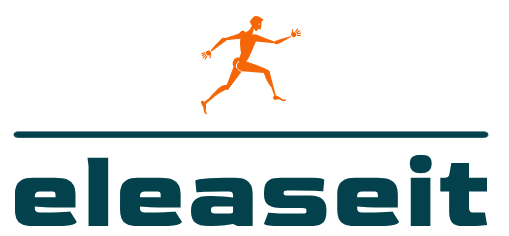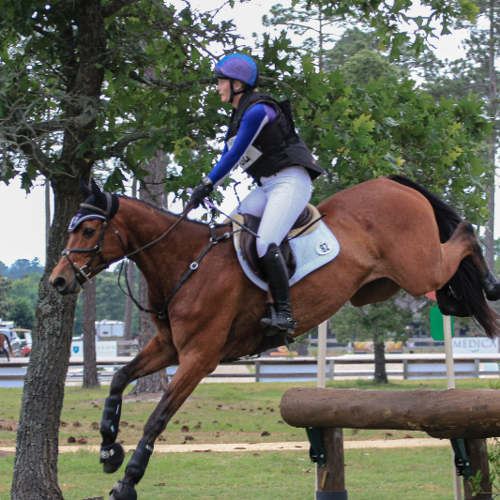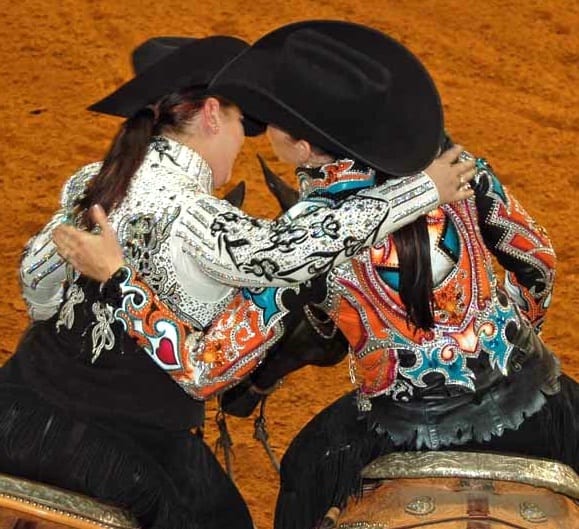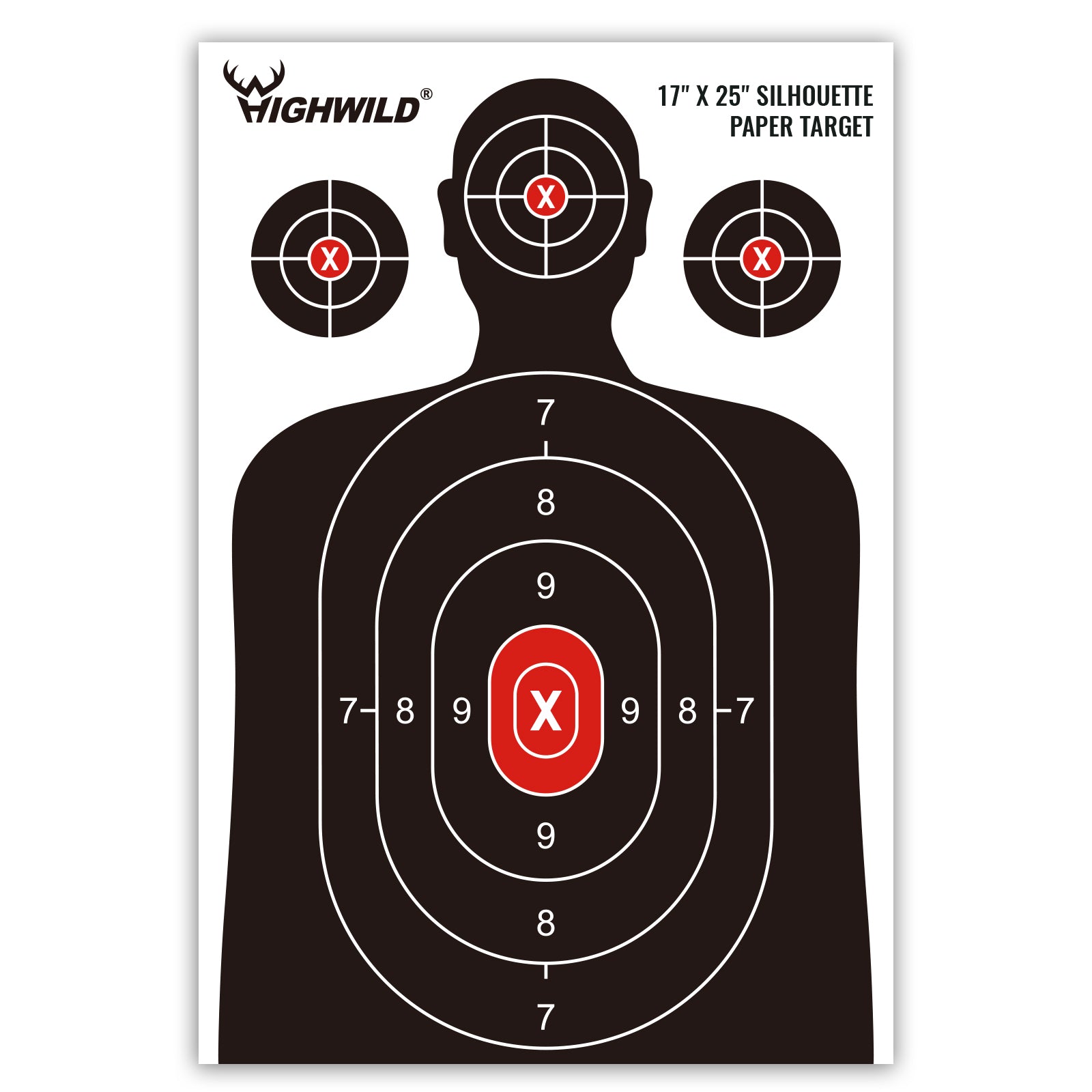
Mastering Equine Grace: Equestrian Riding Techniques
Equestrian riding is an art that combines the rider’s skill and the horse’s agility. Mastering the intricacies of equestrian riding techniques is essential for a harmonious partnership and effective communication between rider and horse. This article delves into key aspects of riding techniques, offering insights and tips for riders at all levels.
Fundamentals of Position: A Solid Foundation
The foundation of effective riding lies in the rider’s position. Maintaining a balanced and centered posture is crucial for stability and clear communication with the horse. Proper alignment of the head, shoulders, hips, and heels creates a solid foundation, allowing the rider to move with the horse in a synchronized manner.
Balanced Seat: Riding in Harmony
A balanced seat is synonymous with riding in harmony with the horse’s movements. This technique involves distributing the rider’s weight evenly, engaging core muscles, and following the horse’s natural motion. A balanced seat enhances communication, promotes comfort for both rider and horse, and contributes to a more enjoyable riding experience.
Effective Rein Aids: Communication Through Touch
Rein aids are fundamental to equestrian riding techniques, serving as the primary means of communication between rider and horse. Understanding how to use reins effectively, applying appropriate pressure, and providing clear signals enable the rider to guide the horse through various maneuvers. A nuanced touch fosters a responsive and willing equine partner.
Leg Aids: Guiding with Precision
Leg aids are essential for guiding the horse and communicating specific cues. From subtle nudges to firmer pressures, the rider’s legs convey instructions for turns, transitions, and changes in gait. Mastering leg aids allows for precise communication and ensures the horse responds to the rider’s cues with accuracy.
Seat and Weight Aids: Fine-Tuning Communication
Seat and weight aids are advanced equestrian riding techniques that involve subtle shifts in the rider’s weight and seat bones. These aids convey nuanced signals to the horse, influencing direction, speed, and balance. Fine-tuning these aids enhances the rider’s ability to communicate with precision and subtlety.
Half-Halts: Balancing and Regulating Pace
Half-halts are a nuanced technique used to balance the horse and regulate pace. By momentarily applying and releasing rein and leg aids, the rider communicates a request for the horse to rebalance and prepare for transitions or changes in direction. Mastering the art of half-halts contributes to a smoother and more responsive ride.
Transitions: Seamless Changes in Gait
Smooth transitions between gaits are a hallmark of skilled equestrian riding. Whether moving from walk to trot, trot to canter, or executing downward transitions, the rider’s ability to maintain balance and guide the horse through seamless transitions is a key aspect of advanced riding techniques.
Collection and Extension: Refining Performance
Collection and extension are advanced riding techniques that refine the horse’s performance. Collection involves gathering the horse’s stride and engaging the hindquarters for increased impulsion, while extension encourages longer strides and a more ground-covering gait. These techniques are integral to dressage and other precision-based disciplines.
Jumping Techniques: Graceful Leaps
For riders involved in jumping disciplines, mastering jumping techniques is essential. This includes approaches to jumps, maintaining a secure two-point position, and coordinating with the horse for a graceful takeoff and landing. Jumping techniques require a combination of rider position, balance, and effective rein and leg aids.
Continuous Learning and Practice: A Journey Unfolds
Equestrian riding techniques are a continual learning process. Riders at all levels benefit from ongoing practice, lessons, and guidance from experienced instructors. Regularly refining and honing riding techniques contribute to the development of a skilled and confident rider, forging a lasting partnership with the equine companion.
Explore Equestrian Riding Techniques for In-Depth Guidance
For in-depth guidance on mastering equestrian riding techniques, visit Equestrian Riding Techniques. This comprehensive resource offers valuable insights, tips, and resources for riders at all levels, supporting their journey towards becoming skilled and accomplished equestrians.




